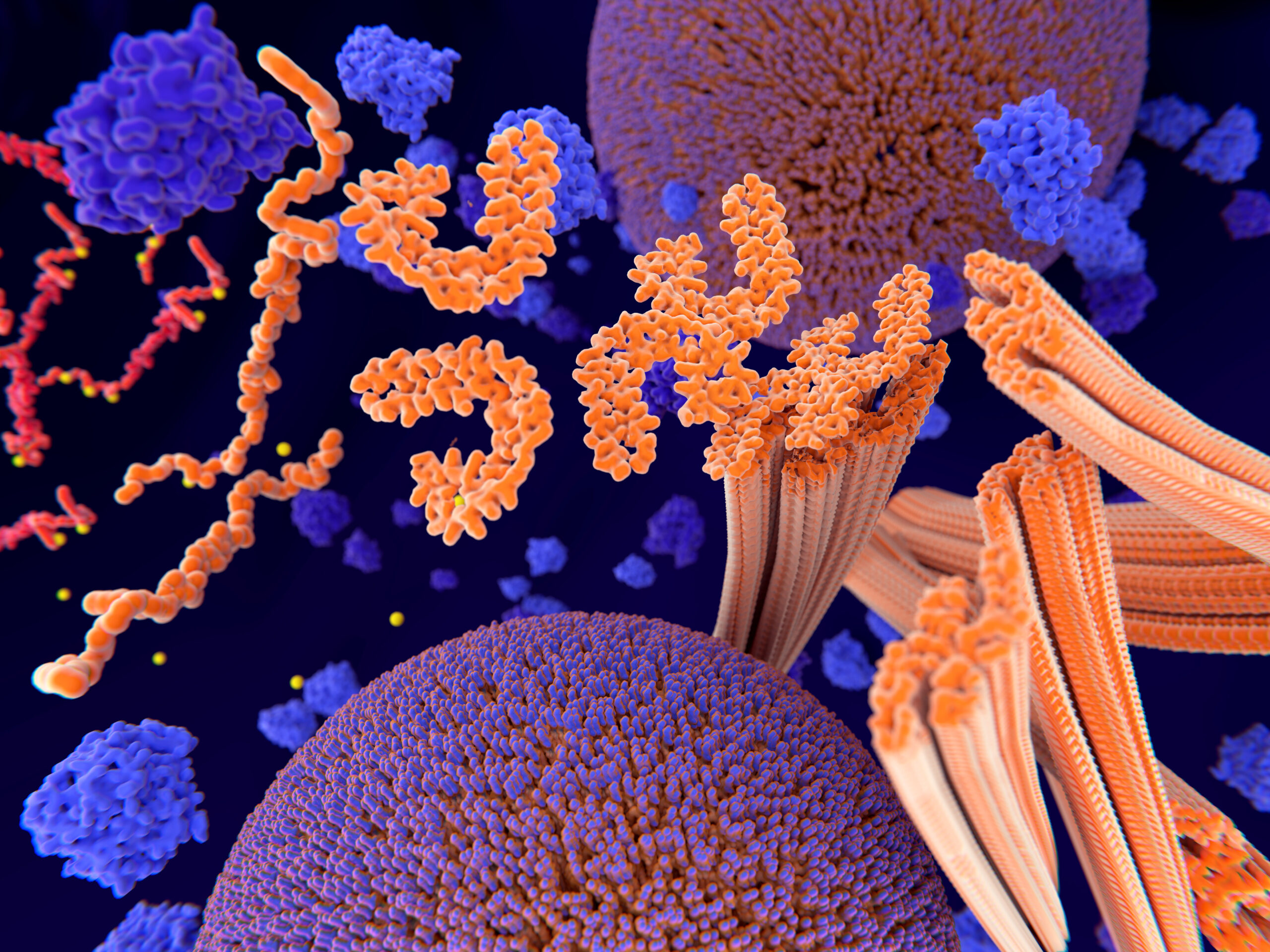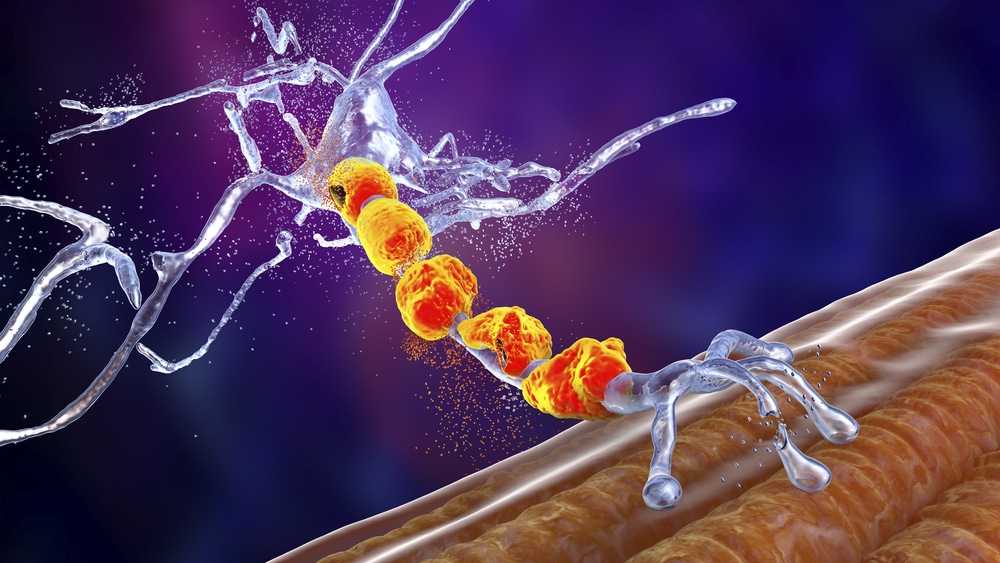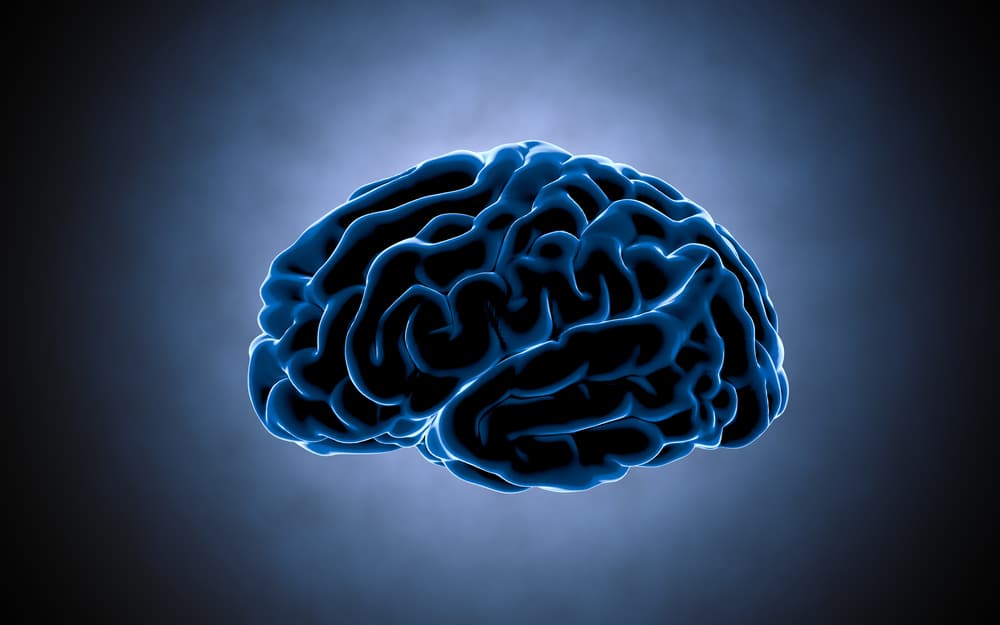Today, over 55 million people worldwide are living with Alzheimer’s disease (AD). While AD is the most common form of dementia, there is currently no cure for the disease. But a recent discovery about the role tau may play in AD represents an exciting breakthrough in our understanding of the progression of AD and other dementias. What is tau, and what does it have to do with neurodegenerative diseases like AD? And how might new discoveries about tau help researchers in the ongoing quest to find a cure for AD? Read on to learn more.
Neuropharmacology
More than six million Americans are currently living with Alzheimer’s disease (AD). While there is no cure for this devastating illness, several pharmaceutical companies are working to develop immunotherapeutic vaccines designed to prevent and reduce AD symptoms. Now, through a series of experiments with Alzheimer’s mouse models, University of Kansas researchers have discovered a possible new approach to AD immunization. The findings, which were recently published in Antioxidants, have the potential to reduce the impact of AD on a rapidly aging population.
Up to 30,000 Americans are currently living with amyotrophic lateral sclerosis, or ALS. While there is no known cure for this degenerative neurological disease, doctors can slow disease progression if the condition is detected early enough. Now, researchers may have discovered a biomarker that would allow ALS patients to get a diagnosis and start treatment earlier than ever before. The preliminary research was published in JAMA Neurology earlier this year, centering on a protein known as TDP-43. Read on to find out about the implications of this groundbreaking study.
The Alzheimer’s Association reports that, by 2050, the number of people aged 65 and older with Alzheimer’s disease is projected to reach 12.7 million. As the number of patients continues to grow, the search for effective treatments becomes more urgent. But to develop effective treatments, doctors must further understand what causes Alzheimer’s disease. Recently, researchers asked: Could this devastating illness be traced back to the cells that line the body’s smallest blood vessels? According to a new study published in Molecular Therapy, the answer could be yes. Read on to find out more about the research, which involved the popular Morris Water Maze Test.




